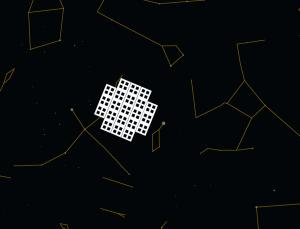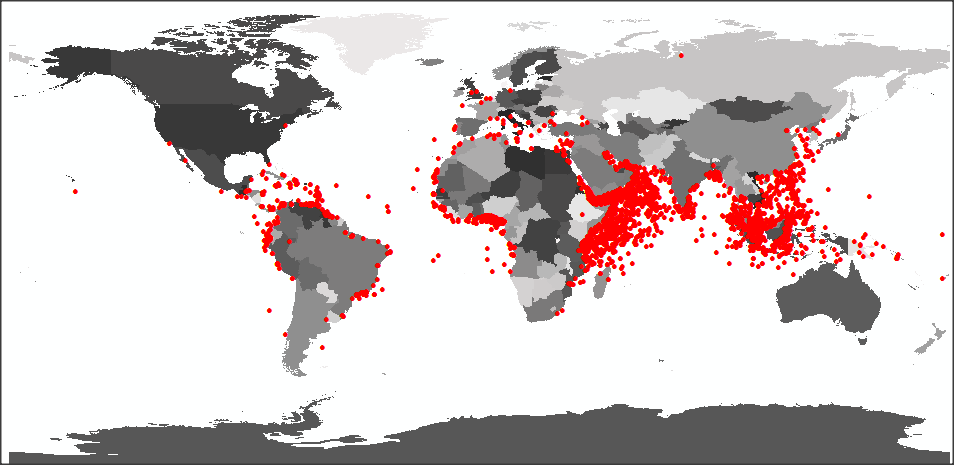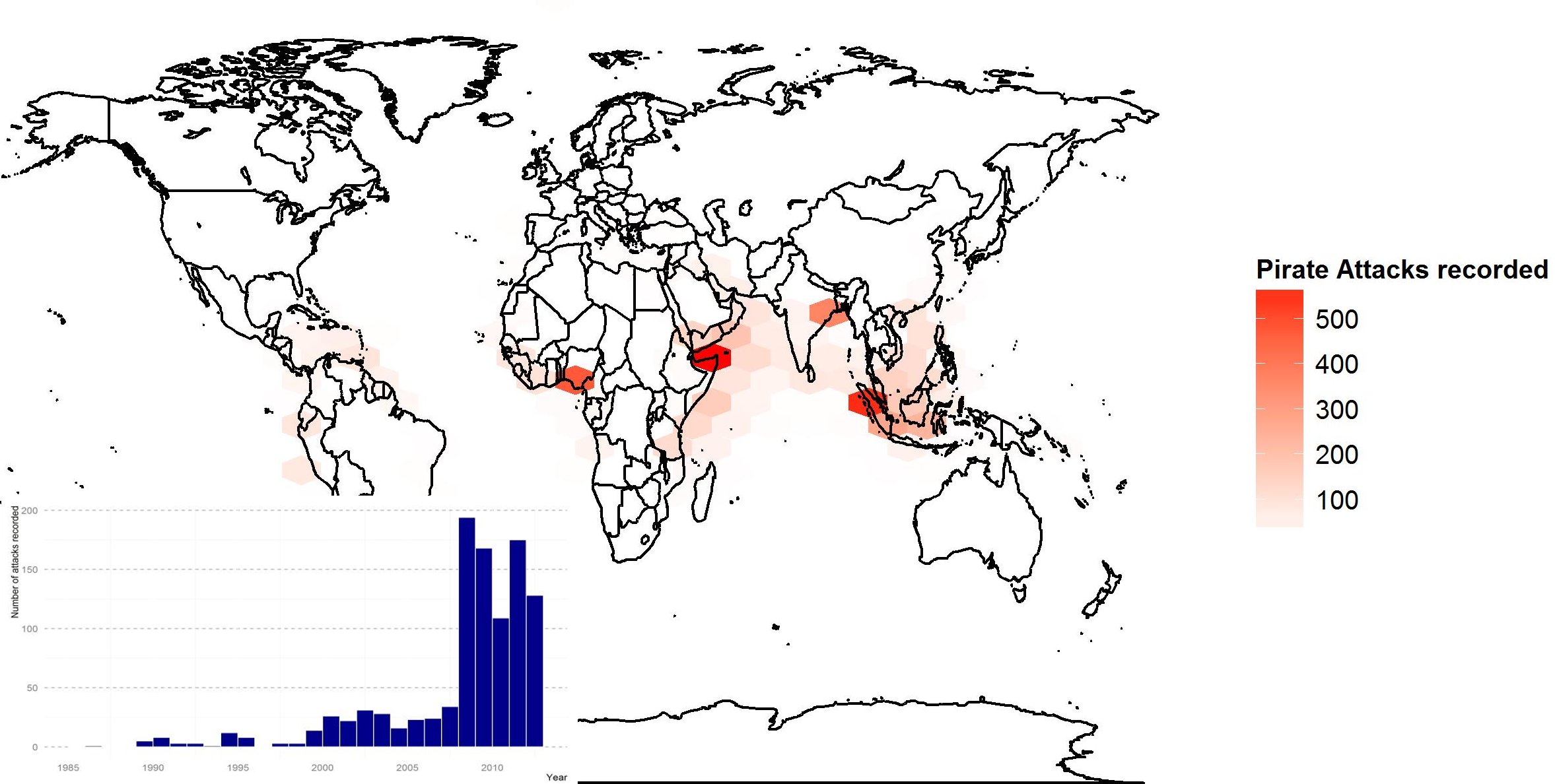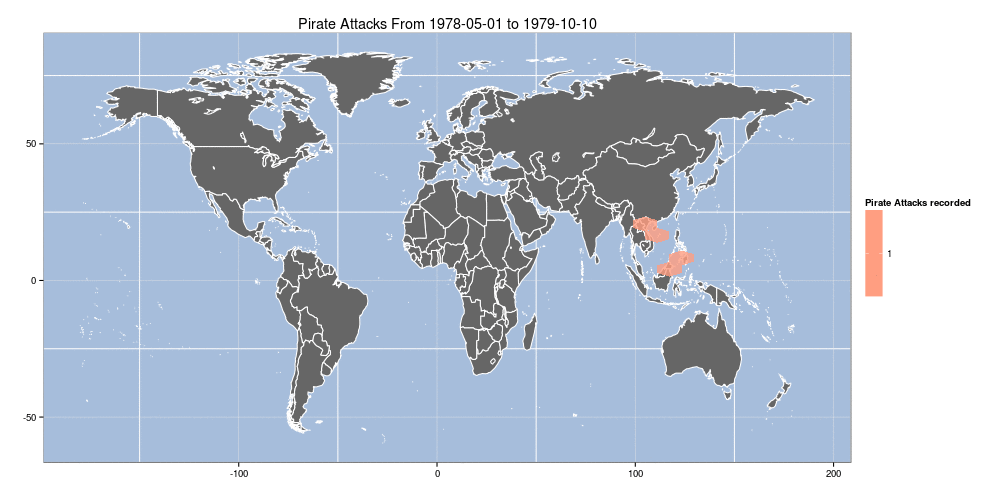
How many Earths ?: The map of galaxy’s habitable planets
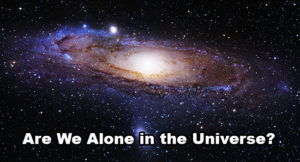 “Are we alone in this universe?” is a question that evokes a lot of interest and am sure many a starry night, you would gazed at the beautiful night sky wondering “Are there more Earth-like planets in the galaxy ?”. I was sure that NASA, IRSO and the space organizations around the world had some data that would point in that direction and luckily, help was at hand 🙂
“Are we alone in this universe?” is a question that evokes a lot of interest and am sure many a starry night, you would gazed at the beautiful night sky wondering “Are there more Earth-like planets in the galaxy ?”. I was sure that NASA, IRSO and the space organizations around the world had some data that would point in that direction and luckily, help was at hand 🙂
Using data from NASA’s Kepler Space Telescope, New Scientist has made an interactive map that illustrates the potential Earth-like planets light years away from us.
The website and the information is a real treat for Outer Space enthusiasts.
Although the website itself has all the information, I still couldn’t resist the temptation of writing about it a little bit before I share the link and the awesomeness with you 🙂
Kepler Telescope identified potential Earth-like planets by measuring the dip in the parent star’s luminosity i.e. imagine you have a telescope and are staring at the sun. When the Earth comes exactly in front of the Sun (the parent star) there is a slight dip in the light you see.
This technique coupled together with simulations of Kepler data by Courtney Dressing and David Charbonneau of the Harvard-Smithsonian Center for Astrophysics in Cambridge, Massachusetts, helped the New Scientist to estimate and map the density of habitable worlds across the whole sky i.e. the known spectrum of the universe. Who knows how much we are missing. Just as an example, the Kepler Telescope was able to record information only for 0.30 percent of the known universe.
Given that the Milky Way is thought to contain between 100 and 200 billion stars, newscientist.com estimates of the total number 15 to 30 Billion planets that are Earth-like.
Wow! 30 BILLION Earth-like planets.
Oh yeah, the link to Space awesomeness. Here you go: How many Earths?
The map of galaxy’s habitable planets is probably going to serve as a spaceship map for the generations to come 😉
Source: New Scientist


